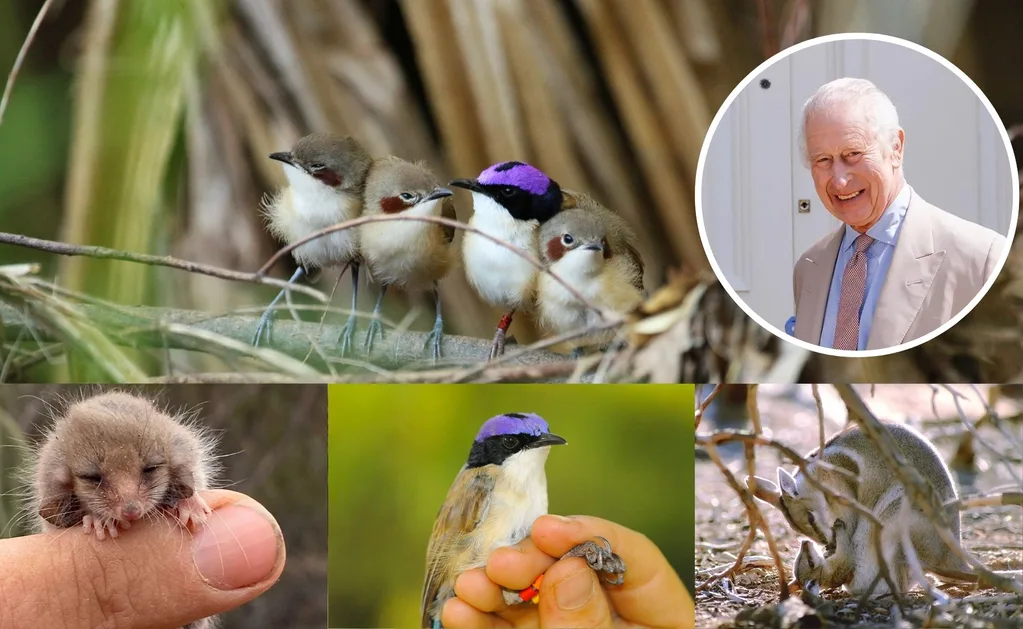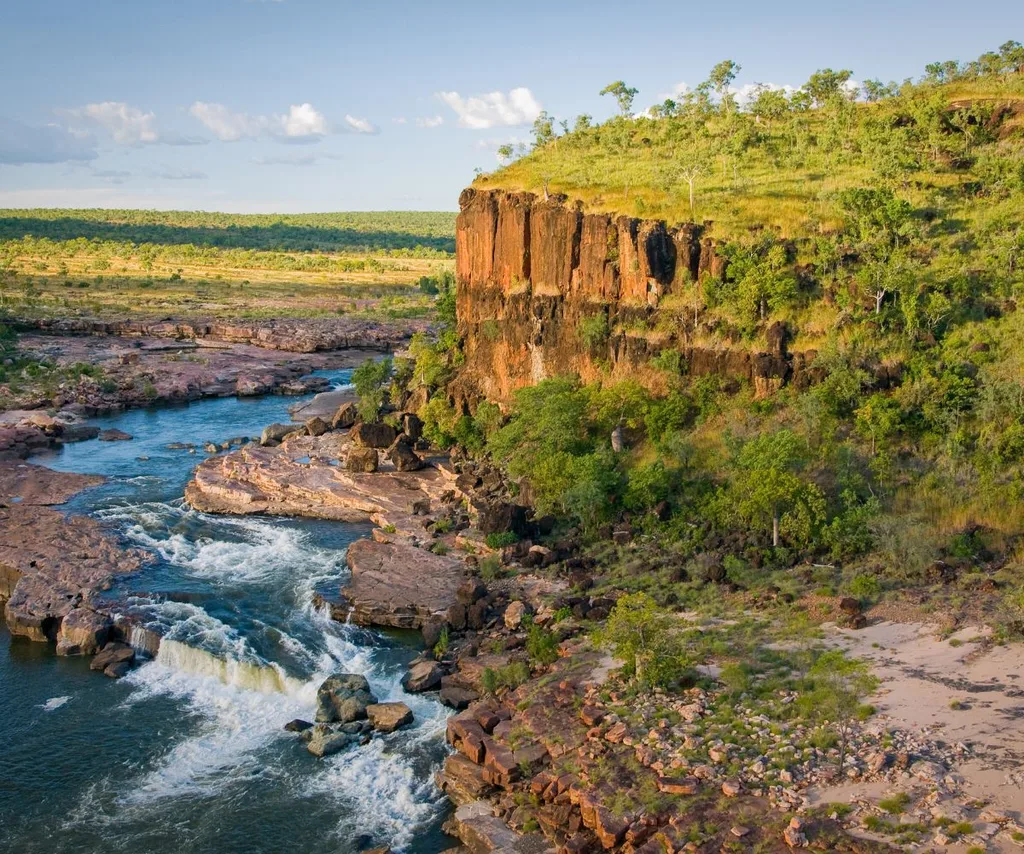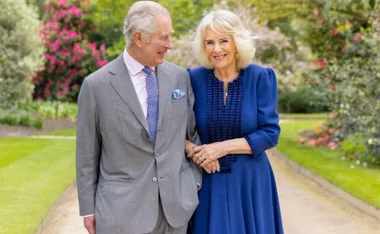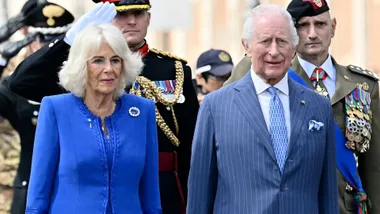Just in time for the King’s birthday holiday, King Charles proudly reaffirms his decade-long commitment to Australia’s wildlife. He’s retaining his Patronage of Australian Wildlife Conservancy (AWC), a global leader in conservation.
Unfortunately, Australia has suffered the highest rate of mammal extinctions in the world over the past quarter of a century. Already 34 species have been declared extinct.
Predators like feral cats and foxes are much to blame for these tragic declines. Fortunately, King Charles has a special bond to Australia’s bush. And he’s doubling down to keep Australia’s furry and feathered friends safe.

HOPE FOR AUSSIE ANIMALS
King Charles’ decision to stick with AWC was easy, even after sifting through more than a thousand organisations.
And Tim Allard, AWC Chief Executive Officer, couldn’t be happier with His Majesty’s decision. He welcomed the confirmation, saying AWC is honoured by King Charles III’s ongoing support.
“We thank His Majesty the King for his continued support of Australian Wildlife Conservancy,” Tim said.
“We share the King’s passion for conservation and anticipate that the Patronage will continue to bring global attention to the plight of Australia’s threatened wildlife and AWC’s work in reversing the tide of extinctions.
“AWC’s innovative model has allowed us to secure and protect populations of iconic endangered species that would otherwise fall prey to introduced predators, such as cats and foxes, land clearing and increasing pressures from climate change.”

AN ENVIRONMENTAL ACTIVIST
King Charles III’s Patronage of AWC commenced in 2013. Over the last decade, the King lent his reputation as an environmental activist to raise AWC’s profile globally. He even recorded a special video message in 2021, celebrating AWC’s 30th anniversary.
The global leader in conservation works aim to halt and reverse the loss of wildlife through landscape scale conservation land management, reintroductions of threatened species and the establishment of ‘safe havens’, where introduced predators have been eliminated.
Currently, AWC manages Australia’s largest network of safe havens, with nine fenced areas and one island making up 47,700 hectares of feral predator-free landscapes. Sanctuaries where predators are intensively managed are located at these sites.
AWC has founded 53 populations of 24 threatened and locally extinct mammals.


